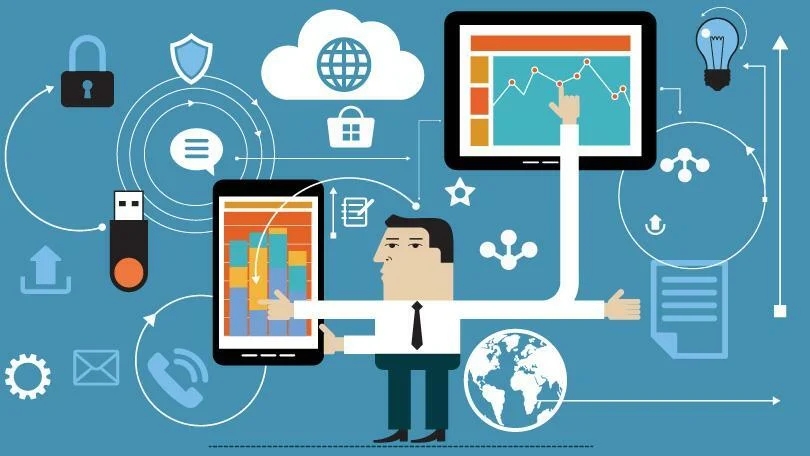MDM (Mobile Device Management) is the administration of mobile devices such as smartphones, tablets, laptops and other gadgets. IT admins can utilize MDM to secure data and apps on these devices, enforce standardized policies on them and upgrade software remotely.
MDM solutions can protect sensitive business data and meet industry regulations such as HIPAA. Furthermore, they enhance productivity by automating device enrollments and configurations to minimize human errors.
Device Management
MDM software enables the management of company- or employee-owned devices. It helps keep business information safe and secure, reduce costs, and boost productivity levels.
MDM provides employees with the flexibility to work remotely, so they can complete their tasks when most convenient. Furthermore, MDM enables remote wiping of lost or stolen devices and tracking device locations for data security purposes.
MDM is an essential element of any enterprise’s device management strategy. It can enhance organizational efficiency by keeping devices up-to-date with software and OS upgrades, helping reduce support costs by enabling remote assistance, as well as protect company data by enabling regular back-ups so data loss does not occur.
Data Management
Data management, or MDM, is the process of collecting, storing, accessing and safeguarding information from various business software solutions. It provides businesses with insights they can use to optimize operations, provide superior customer experiences and transform their organization.
To achieve this, companies must first unify their disparate data silos into a centralized source of reliable and consistent information. Doing this allows teams to act quickly on the data they need for informed decisions within minutes.
Sales and marketing teams can quickly gather data about a potential new client to determine if they are suitable for the business. This insight allows them to craft a more tailored marketing strategy specifically tailored for that prospect.
MDM solutions can also safeguard company data from employees who mishandle devices by blocking them from connecting to the network. These measures help safeguard sensitive information such as customer payment data or proprietary product specifications from being accessed on devices.
Security Management
Security management (MDM) is the discipline of enforcing policies and procedures to safeguard an organization’s people, property, systems and information assets. It involves cultivating a security-conscious organizational culture as well as developing practical tools to prevent breaches from happening.
Security managers typically collaborate with IT to create disaster plans and business continuity strategies that protect critical systems from natural or manmade events that could shut them down. Furthermore, security managers perform penetration tests (pen tests) on computer networks in order to identify exploitable vulnerabilities.
The IT industry is rapidly changing, making it essential to guarantee security management practices remain current and efficient. To do this, organizations need to implement a secure, scalable solution which can readily adapt to new threats and keep abreast of evolving cyberattack trends.
User Management
Organizations need robust user management capabilities that let them organize users and define flexible access policies. Furthermore, the software should protect user data and comply with security protocols.
Traditionally, most organizations managed user management through on-premise identity providers (IdPs). Nowadays, however, many businesses are transitioning to cloud-based user management solutions.
Organizations can easily create user access policies through a centralized administration console using an intuitive drag-and-drop interface, then update them as business needs alter. Furthermore, these services are scalable and offer greater flexibility than on-premise IdPs.
In most organizations, the Master Data Management team includes a Director of Master Data Governance who supervises quality control and data standards. They are usually part of the MDM Steering Committee or may even serve as Data Domain Owner.


